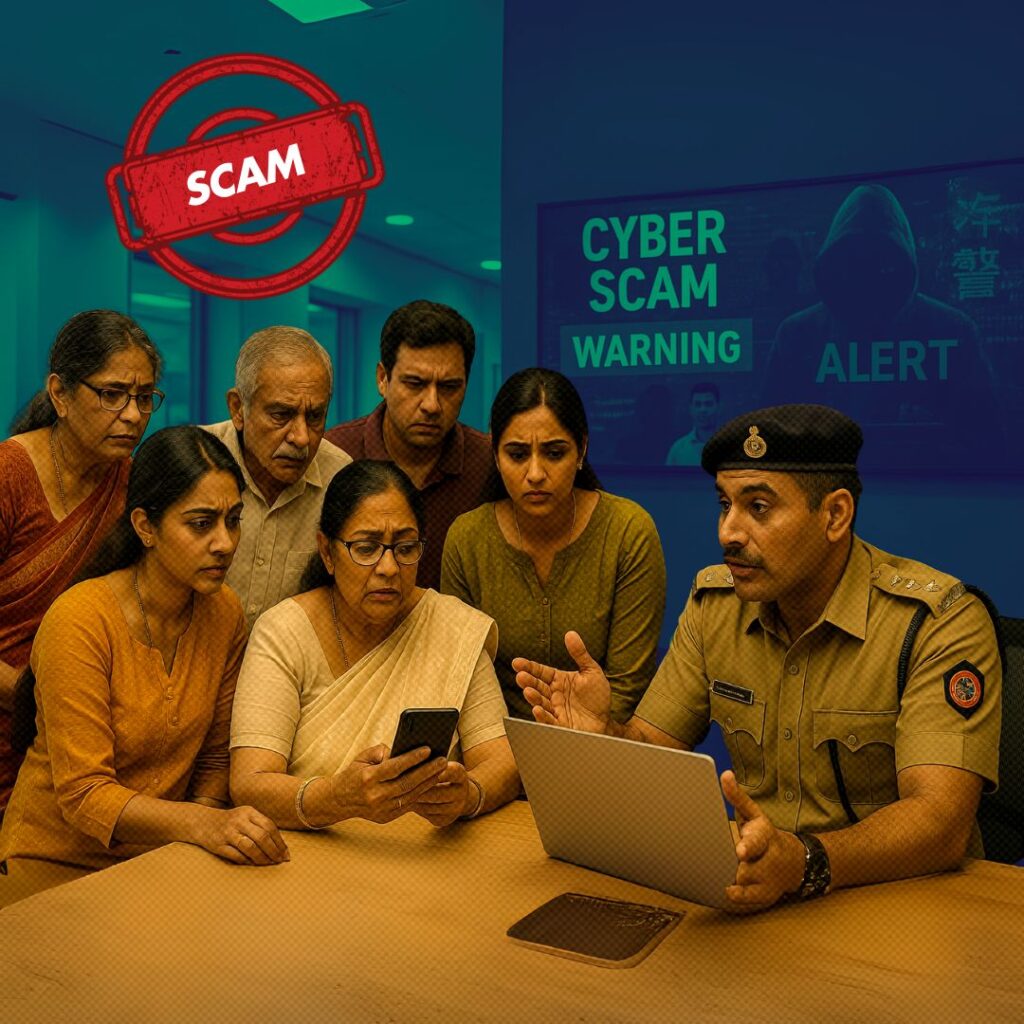Married At The Age Of Thirteen: How The State Failed A Teenager In Rural Bengal From our friends atVideo Volunteers
May 16th, 2017
Conditional Cash Transfer schemes are not enough when powerful patriarchal norms make it acceptable to marry off a child instead of investing in her education
A day before her wedding, Rupali Khatun’s female relatives rub turmeric paste onto her exposed skin. It is a pre-wedding ritual in many parts of South Asia including Murshidabad, West Bengal where Rupali and her family lives. Rupali is an orphan who was raised by her grandparents and aunt. It should be a happy time for the family. There is one catch though: Rupali is only thirteen.
But child marriage is nothing new in Rupali’s district Murshidabad. In act, over 60% of currently married women between 20 and 24 were child brides. While under the Prohibition of Child Marriage Act of 2006, it is unlawful to have girls under 18 and boys under 21 to be married, between 2000 and 2012, India had the second-highest number of child marriages.
In almost all cases, a combination of poverty and gender inequality makes early marriage an acceptable choice. The concept of ‘honour’ associated with a girl’s body after she attains menarche is why also why families choose to marry off such young girls. If the girl chooses a partner of her own, or has a relationship in her teenage year she supposedly brings shame and dishonour upon her family name.
Rupali was orphaned at a young age. She was brought up by her grandparents. As they grew older, the ‘burden’ of saving Rupali from the shame and dishonour was too much. Rupali’s aunt Jahanara repeatedly cites Rupali’s age (thirteen!) as a reason for the family’s decision to marry her.
The economics of dowry demands also increase the likelihood of child marriage. Demanding or accepting dowry is prohibited by law in India but the practise is widespread. Rupali’s family had to pay fifty thousand rupees (USD 750) in cash along with a motorcycle and gold jewellery to the groom’s family. This is exorbitant for a poor family and older brides attract even higher dowries.
Child brides are denied a say in the most fundamental of life’s decisions: the right to choose one’s partner. Further, it leads to early pregnancies that impact the health of both the mother and the child. Annually four million teenage mothers give birth in India.
Married at the age of fifteen, Video Volunteers Community Correspondent Nesatun Khatun was a child bride. Today she’s a respected activist and Community Correspondent. Nesatun has been very lucky to have a supportive husband and in-laws who allowed her to continue her education after marriage. But she’s keenly aware that early marriage might spell the end of aspirations for many young girls. Nesatun was not able to persuade Rupali’s family to stop the wedding.
The West Bengal government introduced the Kanyashree scheme in 2013 to retain girls in school and prevent early marriages through conditional cash transfer. Girls enrolled in school between the ages of thirteen and eighteen receive an annual grant of rupees seven hundred and fifty (USD 11.50) and once they complete school at eighteen they receive a one time grant of twenty five thousand rupees (USD 375). While many studies have shown a marked improvement in enrollment and drop-out rates, the scheme is clearly not reaching all those who are most vulnerable to child marriages. Nesatun has resolved to use Rupali’s story to raise awareness in her community about the ills of child marriage. She herself has a fifteen-year-old daughter who is a student in the eleventh standard. She wants her daughter to have a career and be an independent woman before she gets married. Nesatun’s example should inspire more mothers in rural India to be courageous in dismantling patriarchal diktats on women’s marital choices.
This article was written by Madhura Chakraborty as part of #KhelBadal, Video Volunteers campaign to dismantle patriarchy one video, one conversation at a time. #KhelBadal is partly supported by UNFPA India.
Read more at Video Volunteers
Share on Facebook Share on Twitter Share your story Report error Latest post Loading…











